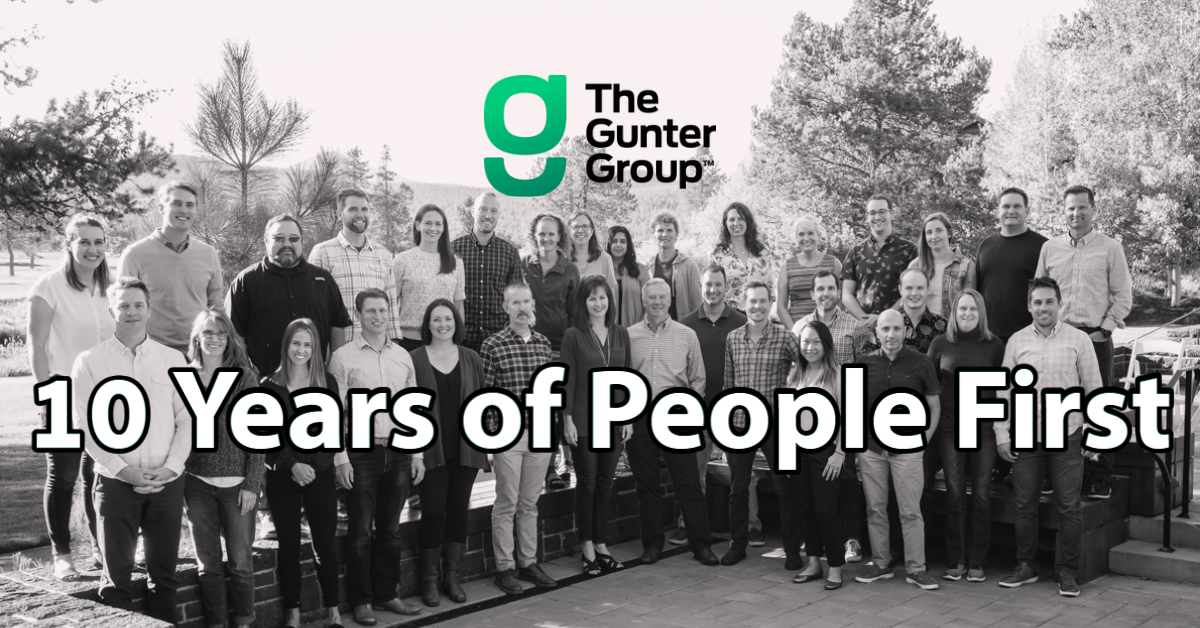Regarding agile, there are thousands of books and tens of thousands of articles online. Everyone has an opinion. So if you want to learn more, where should you start? Why not learn from the founder of Scrum, the most popular agile methodology out there?
Tag Archives: Portland
FROM OUR PARTNERS: TGG PROUD TO ANNOUNCE OUR NEWEST PARTNER,
TONY SCHWEISS
We are proud to announce Tony Schweiss as the newest Partner in The Gunter Group. Tony has had a profound impact not only on our company’s business, but also on our Culture.
TGG RANKED AS A BEST SMALL FIRM TO WORK FOR IN THE NATION BY CONSULTING MAGAZINE
For the third year in a row The Gunter Group has been recognized as a “Best Small Firm to Work For” in the nation according to Consulting Magazine.
EXECUTION PRACTICE Q&A WITH TRISHA BENNETT
Trisha Bennett, Execution Practice Service Leader, details how TGG’s Execution work supports complex client initiatives and drives results.
TECHNOLOGY PRACTICE Q&A WITH MATT JAMISON
Matt Jamison, Principal Consultant and Service Leader for TGG’s Technology Practice, explains TGG’s unique approach to Technology work and explores current industry trends.
PEOPLE PRACTICE Q&A WITH
KARA O’CONNOR
Kara O’Connor, Service Delivery Manager for TGG’s People Practice, details the impact and focus of TGG’s recent People Practice work.
STRATEGY PRACTICE Q&A WITH STEPHEN BACON
Stephen Bacon, Service Delivery Manager for TGG’s Strategy Practice, shares how TGG uniquely approaches strategy work to support clients.
TGG BOOK REVIEW – UPSTREAM
How many of our problems could we solve before they even happen? Much of what we do is planned out, however, no amount of planning can solve for everything. That is where Dan Heath’s book Upstream comes in.
10 YEARS OF PEOPLE FIRST
Every decision we make comes back to people. Discover how seven focused themes help us identify and understand a person’s unique potential.








